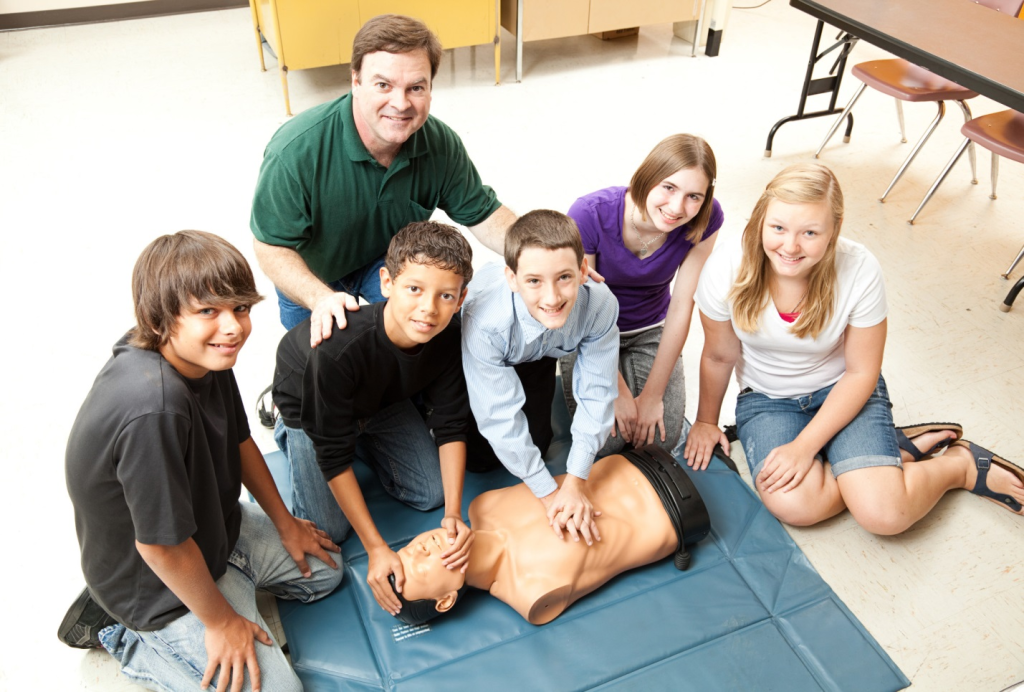The American Heart Association considers cardiac arrest to be a public health crisis. In the United States, there are over 356,000 out-of-hospital cardiac arrests (OHCA) each year, nearly 90% of which are fatal.
Learning CPR classes can help anybody become a practical lifesaver. Choose a CPR class to learn the proper method to provide mouth-to-mouth resuscitation. You will also know cardiac compressions and when to call 9-1-1, and more.
You could save one of your friends, family, or even a random stranger. Knowing proper CPR has other lifesaving benefits that can improve your health.
Keep reading to learn how to choose the best CPR class.
Identify Your CPR Training Needs
Different organizations offer CPR training levels. Consider the type of activity you might be involved in and whether or not you need certification at a certain level.
Ensure that the class is appropriate for your skills. If you are a beginner or lack experience, attend a preparatory or introductory course.
Understand the Different Course Types and Choose a CPR Class
There are different types of CPR classes. It can help you choose one that suits your needs and preferences.
An introductory CPR course covers the fundamentals of CPR and AEDs. It is suitable for individuals needing CPR in an emergency, such as police officers, nurses, and childcare workers.
An advanced course is for healthcare professionals, such as nurses, paramedics, and physicians. It covers two-rescuer CPR, dealing with infants and children, and advanced airway management.
Healthcare classes can include more skills, such as essential life support and senior care aide, as well as advanced techniques, such as intubations and ventilator management. All CPR courses should be certified by a nationally recognized organization and conducted by an experienced instructor.
Select the Right Certified Instructor
Looking for one with current certification in the topic and practical experience is essential. Researching reviews and references can help verify if an instructor is certified in CPR. Find the one that is patient, articulate, and has a pleasant teaching style.
To help you find a certified instructor, check MyCPR NOW for more information.
Check Your Financial Needs
Take into consideration the upfront costs associated with the CPR certification course and any other forms of financial assistance that may be available to you. Some systems may offer subsidies and discounts for those who qualify.
You can find free courses offered in your community. The cost may be a factor to consider, as this is the cost to maintain the CPR certification over time. Finding a program that allows you to get certified without going over budget is essential.
Start Your Journey Toward Certification
In conclusion, choose a CPR class to get certified. To do this, identify your CPR training needs, understand the different course types, select the right certified instructor, and check your financial needs. With this knowledge, students can begin their journey toward becoming certified in CPR.
For more learning opportunities regarding CPR class, check out our blog.
Author



